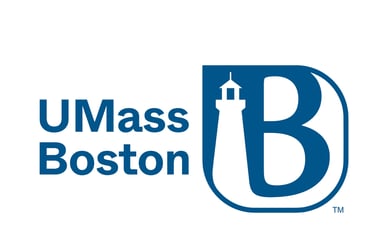

I joined the Poynton lab in 2024 to pursue a master’s degree in environmental science with a focus on arthropod biodiversity. My area of expertise is arthropod identification and biodiversity research in a changing climate.
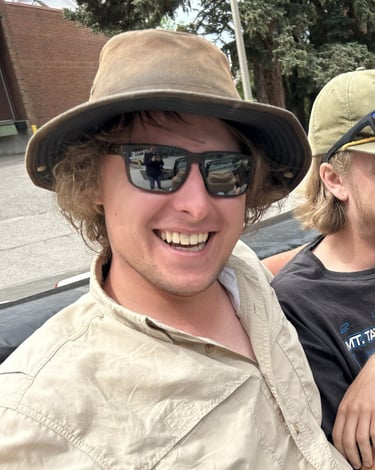

Projects:
Master’s Thesis: Biodiversity and Insecticide Sensitivity of Nantucket Bog Spiders
Knowledge Gap:
Spiders provide valuable ecosystem services within natural environments and cultivated lands, providing ecosystem services while simultaneously causing almost no damage to crops (Tanaka et al., 2000).
There is a growing body of evidence that spiders are important to study in agroecosystems, because of their capacity to regulate pest insect populations.
Cranberry bogs likely benefit greatly from the presence of spider populations yet research on spiders in these is systems is limited especially within the last 30 years (Bardwell et al. 1997).
Cranberry production relies heavily on pesticide inputs to regulate problematic insect pests. The mode of action of these chemicals also targets spiders, a beneficial organism in these systems.
Research Objective:
We sought to fill this knowledge gap by comparing the diversity of spider populations from an active conventional cranberry agroecosystem, Milestone, to those from a cranberry bog recently restored into a naturally functioning wetland, Windswept, on Nantucket Island Massachusetts.
Questions:
How does spider biodiversity compare between an active cranberry bog and one undergoing a restoration process as measured by total spider counts, and species richness?
How do collection methods impact Taxa sampled?
Do Lycosid spider populations from the two systems differ in their response to pesticide applications?
Collection:
Spiders were collected over a 1-month period in Summer 2024.
Sweep netting, hand collection, insect D’Vac (Ventura California), and pitfall traps were utilized.
All collection was carried out during the day with hand collection and sweep netting simultaneously carried out at night.
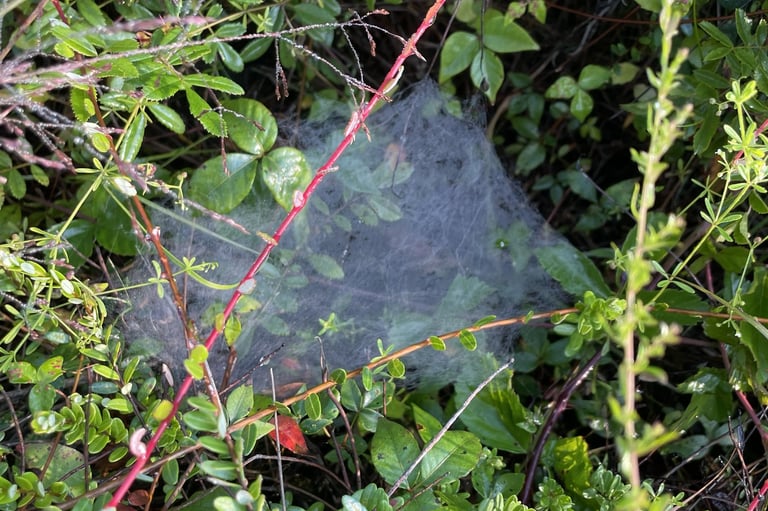

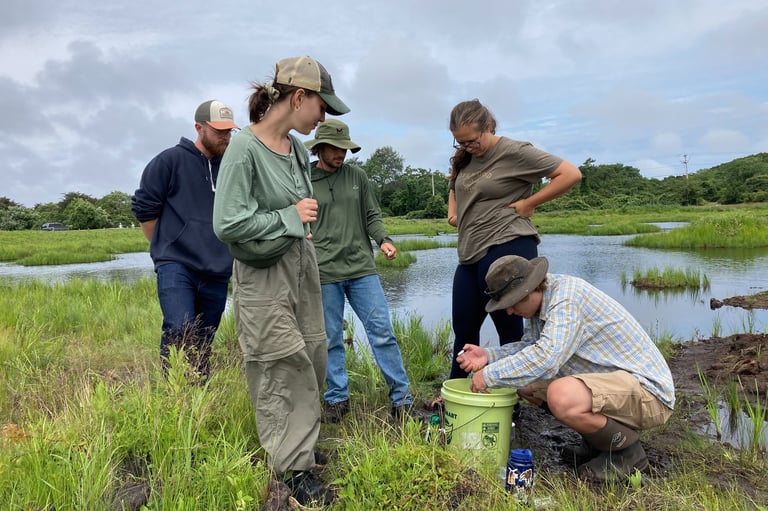

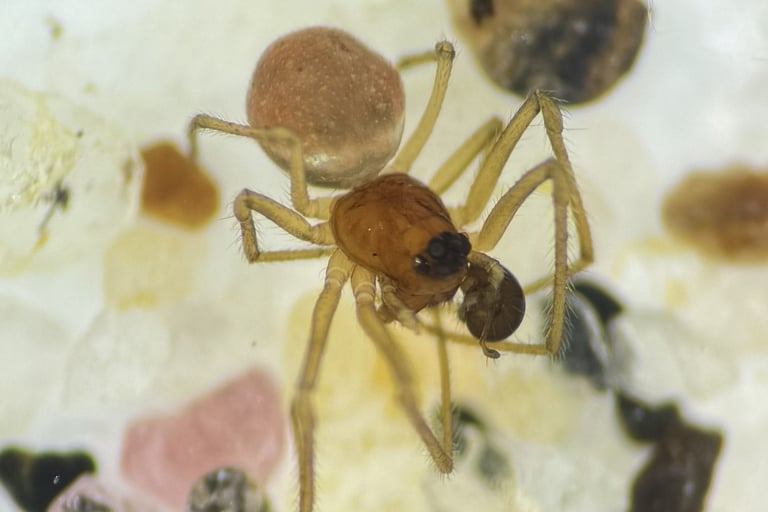

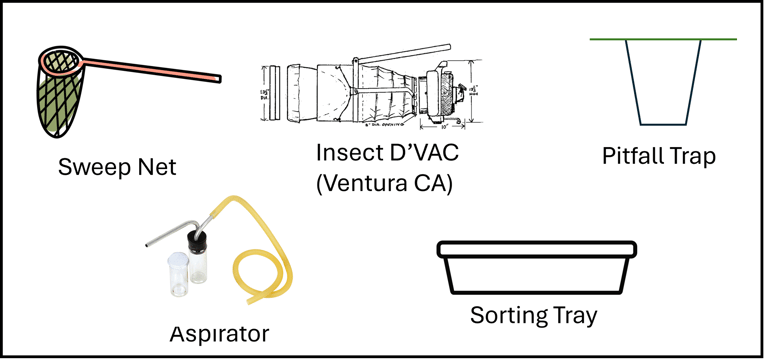

Identification:
Mature spiders were identified using dichotomous keys.
We also performed cytochrome oxidase I (COI) genetic sequencing on a subset of immature spiders.
Mature spider reproductive structures are utilized in species level identification.
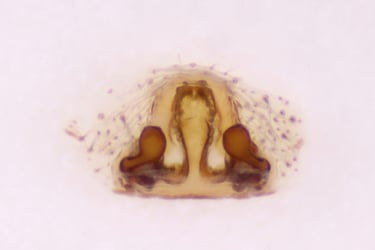

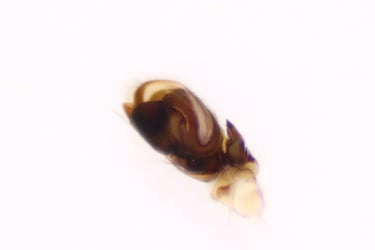

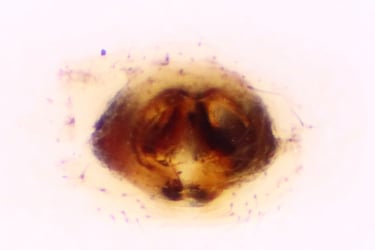

Some Results:
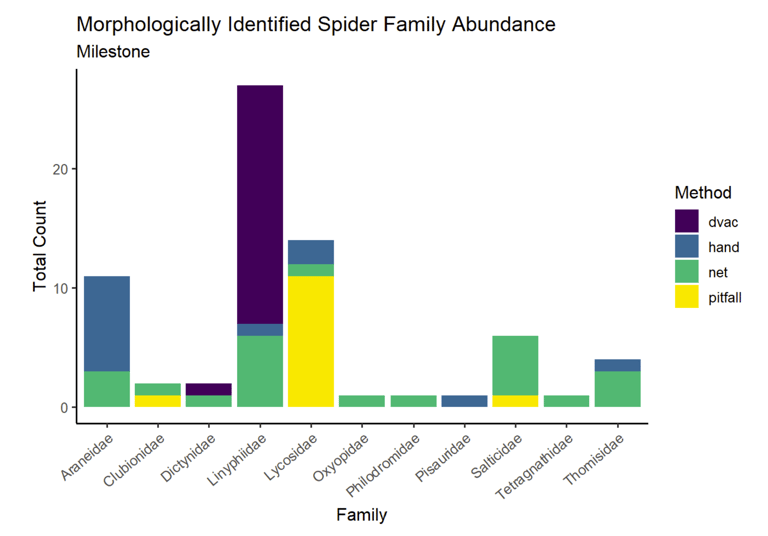

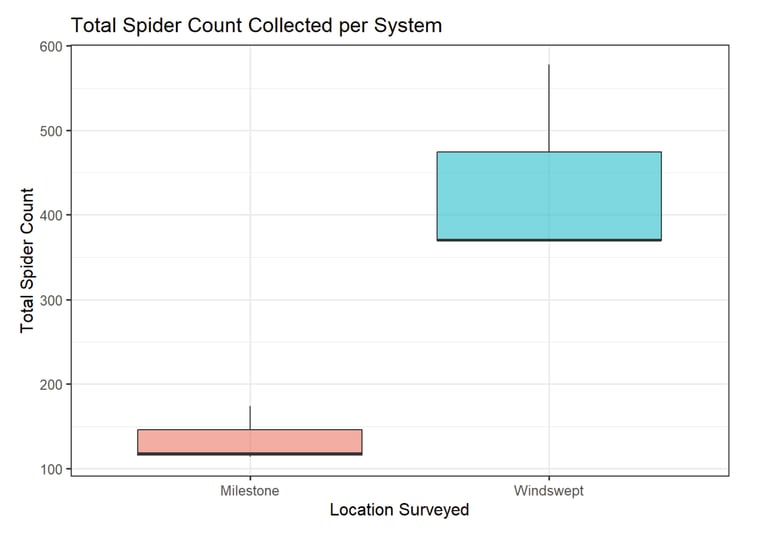

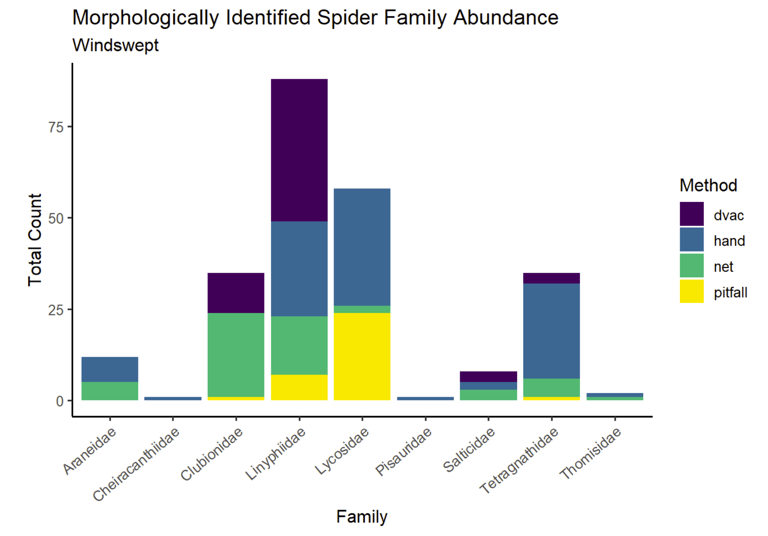

Macroinvertebrate Diversity of a Restored Nantucket Wetland
Background:
Stream and wetland restoration is an important tool to counter biodiversity loss. Freshwater ecosystems are facing a biodiversity crisis and land use changes and habitat degradation are the primary drivers of this biodiversity loss (Reid et al., 2019).
Wetland restoration is being promoted as cranberry bogs are being retired. The cranberry, Vaccinium macrocarpon, carries great cultural and economic significance in Massachusetts.
Aquatic invertebrates are important indicators of ecosystem health. Since the 1990s, assessments which measure the taxa composition of aquatic macroinvertebrates have become an integral measure of ecosystem health and several factors have influenced their rapid adoption (Chessman, 1995).
Research Question:
To what extent have aquatic macroinvertebrates recolonized the restored wetland at Windswept in the year following the completion of the restoration project?
How does the biodiversity at Windswept compare to other wetlands on Nantucket?
Objective 1: Identify and classify aquatic macroinvertebrate species inhabiting Nantucket wetlands through morphological methods and DNA sequencing.
Objective 2: Evaluate restoration progress by comparing aquatic macroinvertebrate assemblages at
Study Sites:
The Windswept Bog is a retired cranberry bog with a long history of cranberry production starting in the early 1900s. With support from the MA Division of Ecological Restoration, Windswept underwent active restoration in 2024-2025. “
In addition to the Windswept Bod and its , a natural wetland on Nantucket, Maxcy’s pond was surveyed to provide a reference for restoration success at Windswept and to provide data on macroinvertebrate biodiversity in other Nantucket wetlands.
Collection Methods:
D-Frame aquatic dipnet- D-frame dip nets was the primary method for collecting macroinvertebrates. These nets have become standard for wetland bioassessment (Merritt et al. 2019) and are easily accessible.
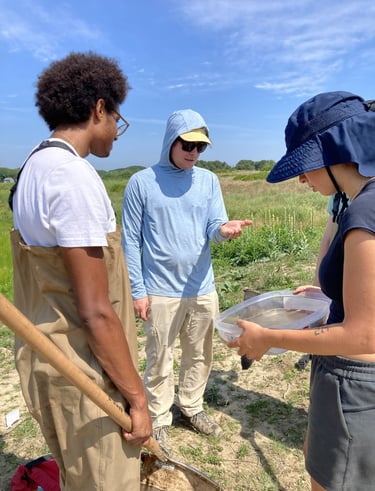

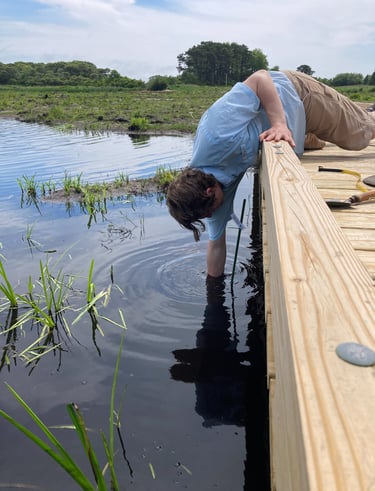

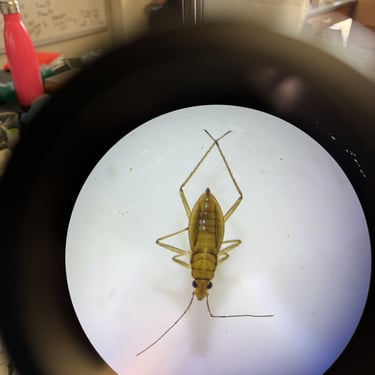
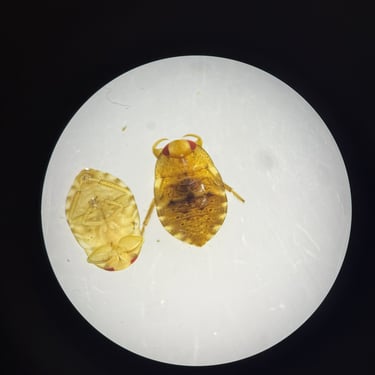
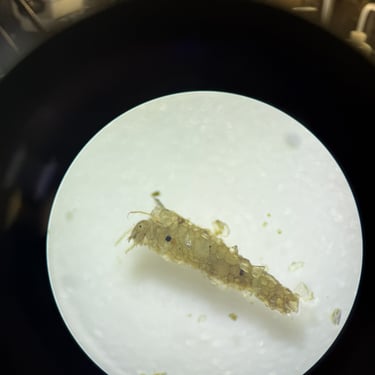
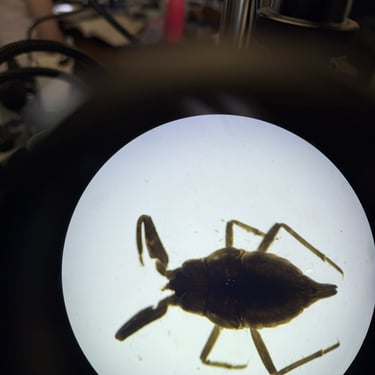
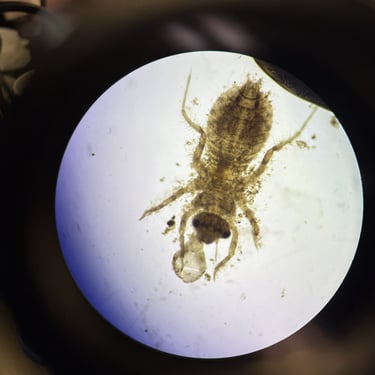
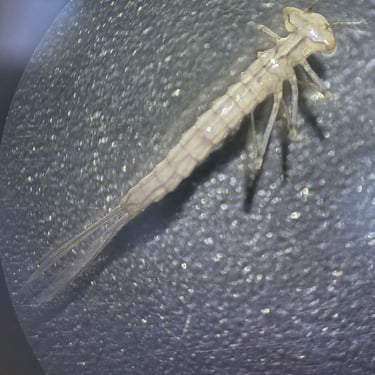
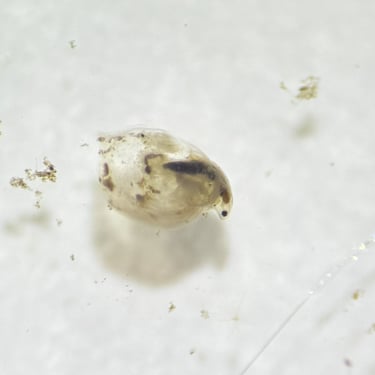
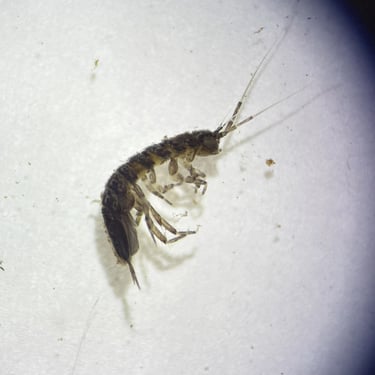
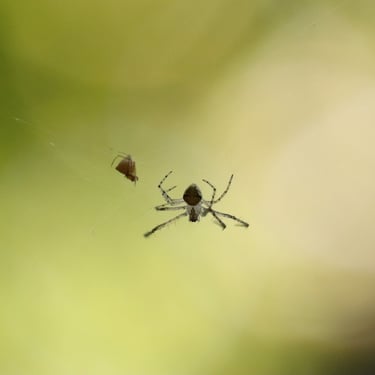
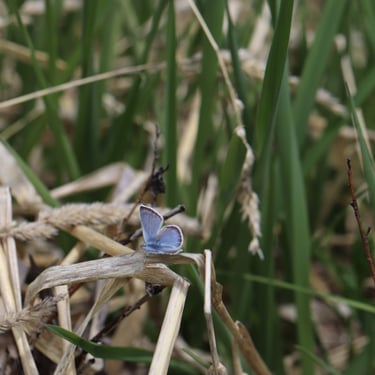
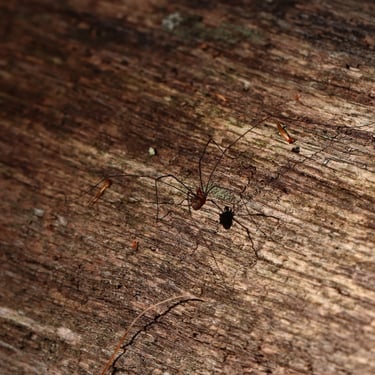
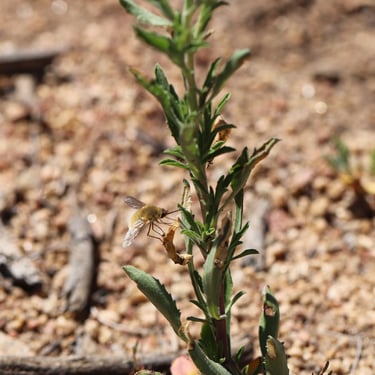
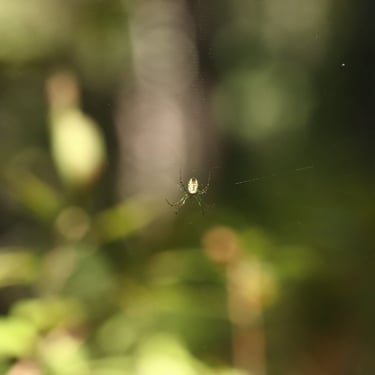
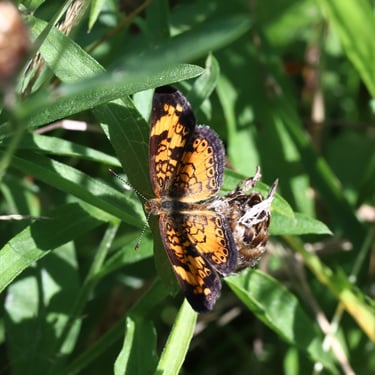
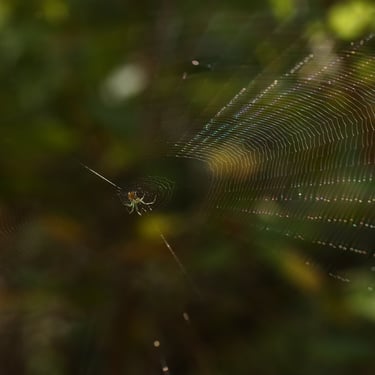
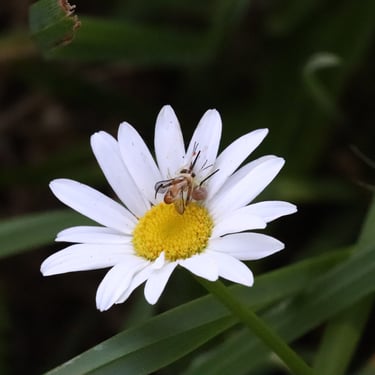
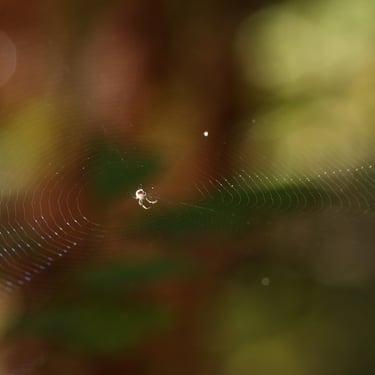
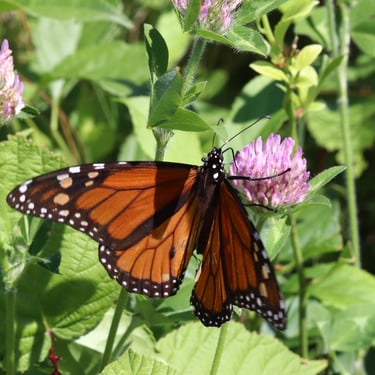
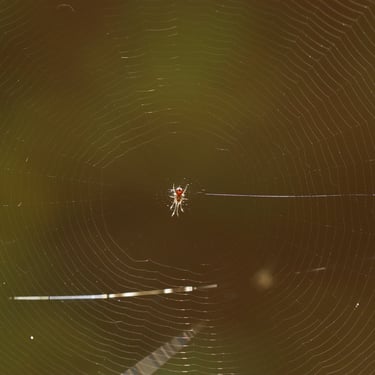
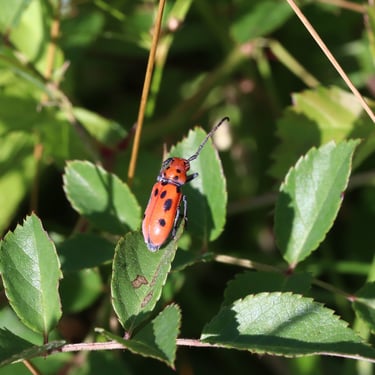
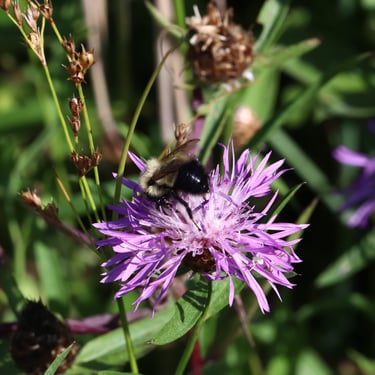
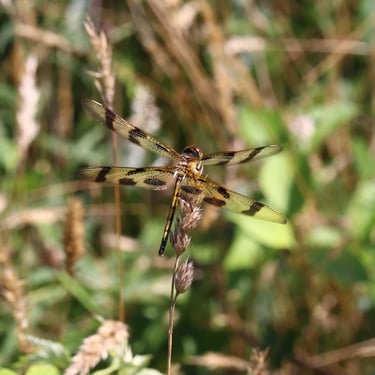
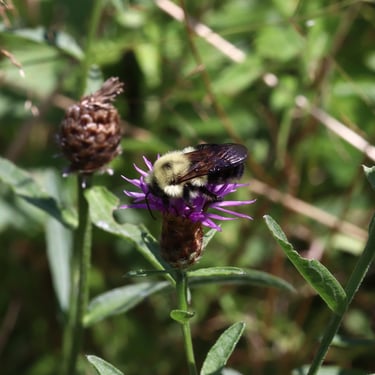
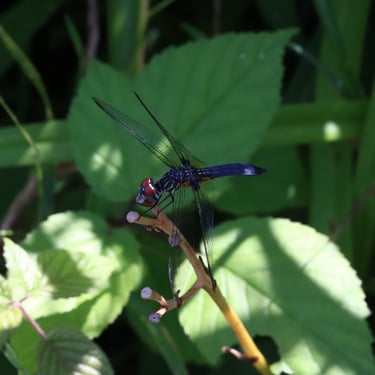
Macro-Photography
Connect
Get in touch to learn more.
helen.poynton@umb.edu
© 2025. All rights reserved.
